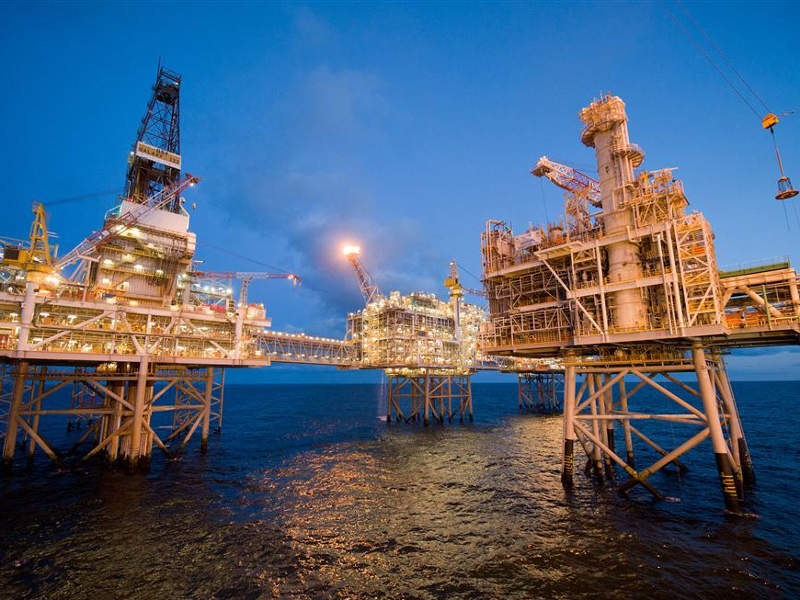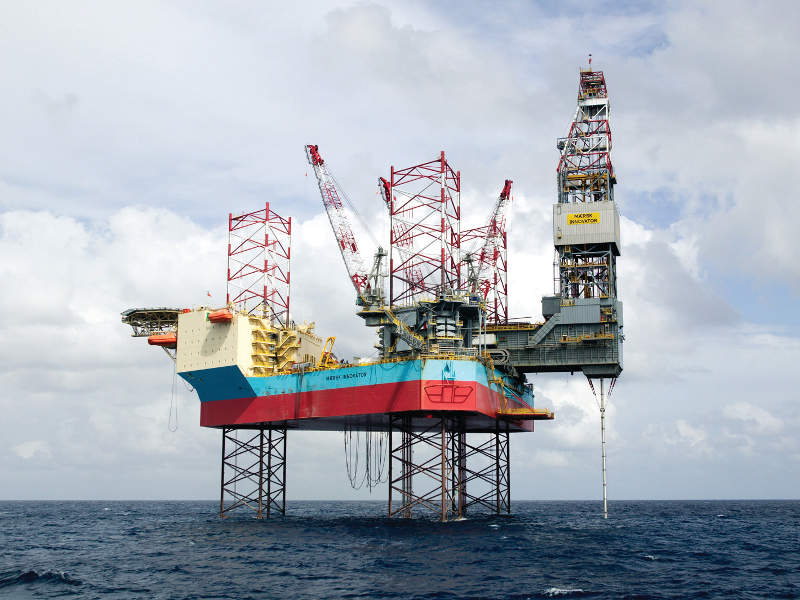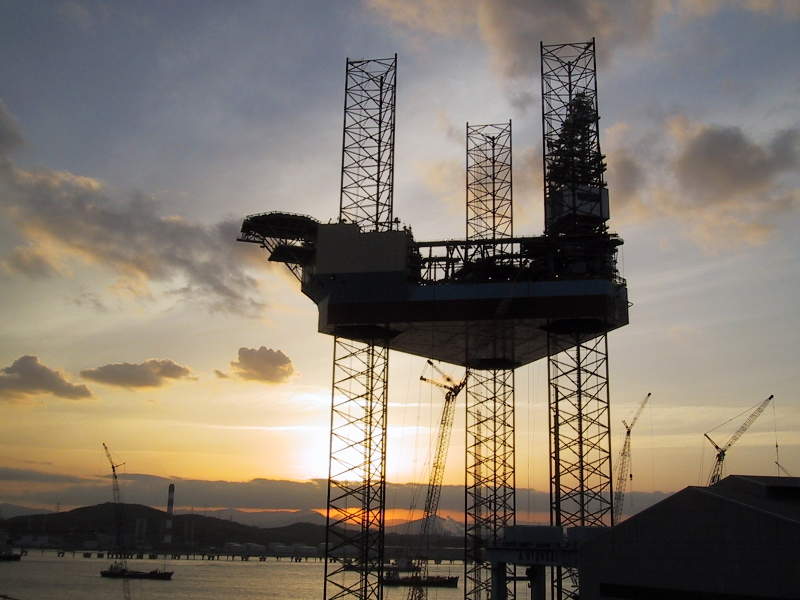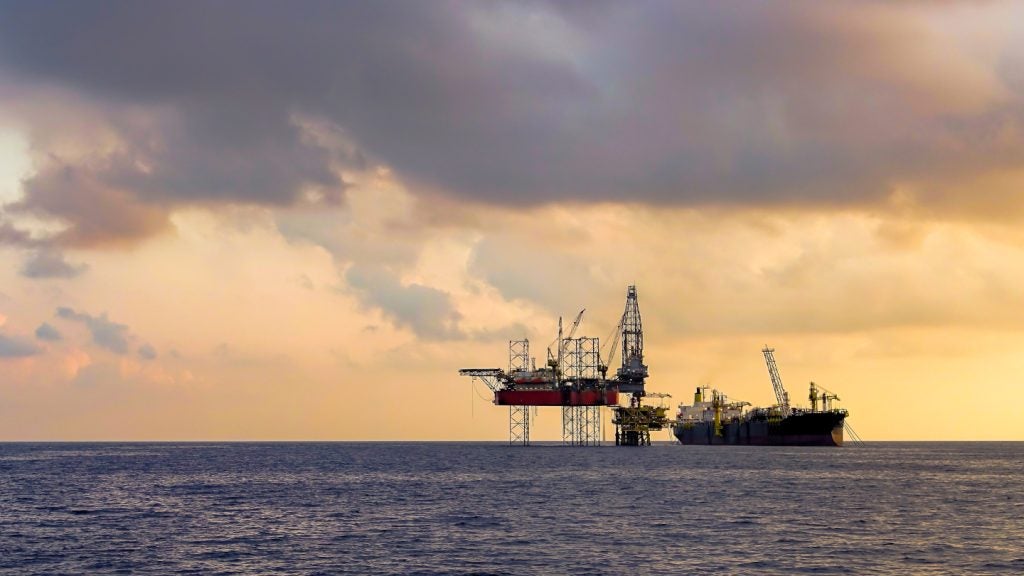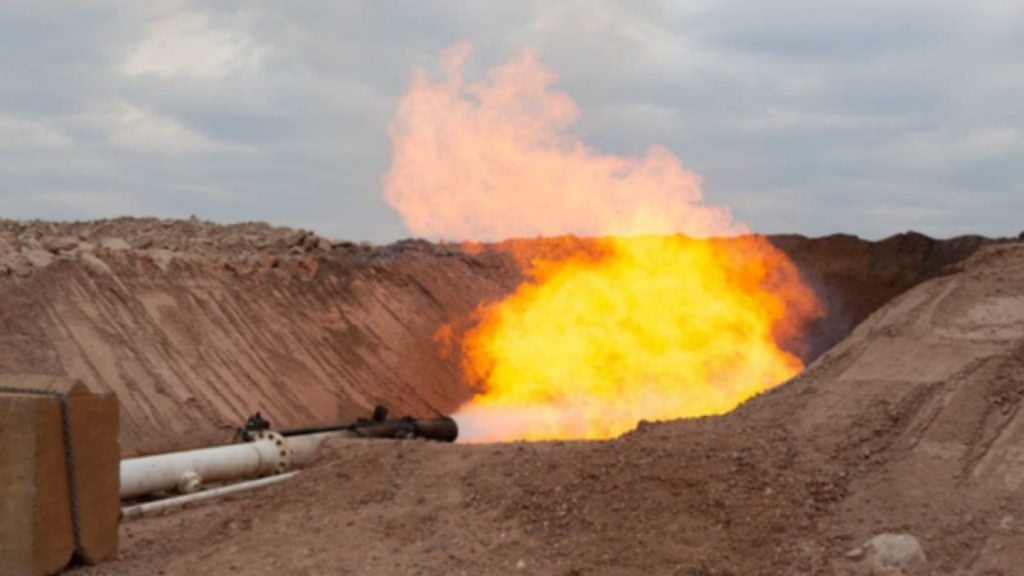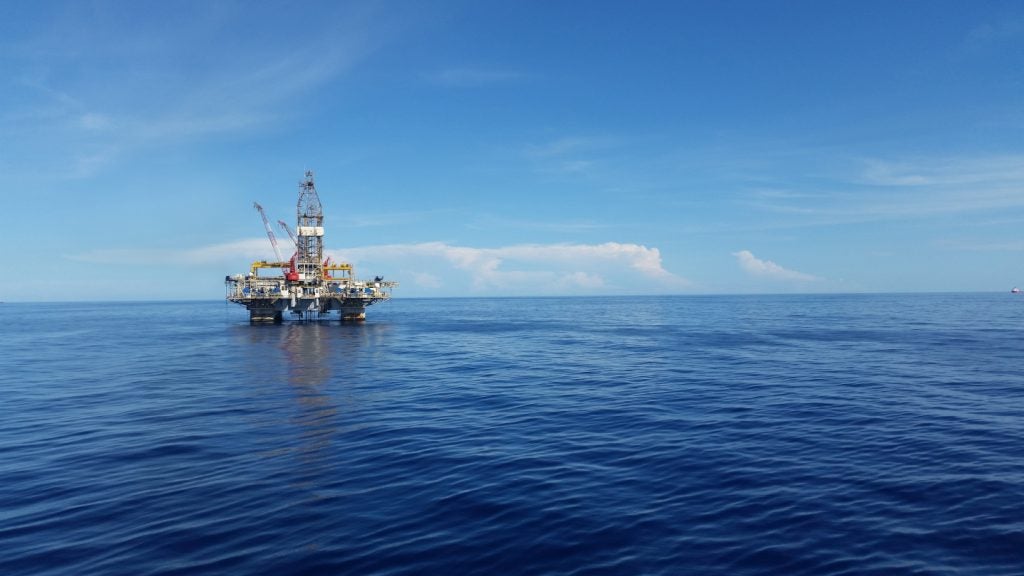The Buzzard field expansion, or Buzzard phase II (BPII) project, will involve the further development of the Buzzard field, which is located approximately 100km north-east of Aberdeen in the Outer Moray Firth, North Sea, UK.
The field is situated in blocks 19/5a, 19/10, 20/1S and 20/6, which are located in the P986 and P928S licences.
It lies in water depths ranging between 87m and 101m.
The P986 and P928S licences are jointly owned by Nexen Petroleum U.K. (43.21%), Suncor Energy UK (29.89%), BG International (NSW) (21.73%), Dyas EOG (4.7%) and Oranje-Nassau Energie Petroleum (0.46%).
Nexen Petroleum is serving as the operator of the field.
Drilling activities for the expansion project are slated to begin in July 2018 and first oil is expected by the end of 2020.
Buzzard oil field discovery and reserves
The Buzzard field is a high-quality Upper Jurassic turbidite reservoir lying within a stratigraphic trap.
It was originally discovered in 2001.
The field was initially estimated to contain 970 million metric barrels (Mmbbls) of Oil Initially in Place (OIIP), which has since increased to 1,592Mmbbls.
The site’s total recoverable resources are anticipated to be approximately 700Mmbbls.
Purpose of Buzzard field expansion
Buzzard field consists of six structured panels, including the southern terrace, southern panel, central panel, northern panel and northern terrace.
The northern terrace is further subdivided into the 20/1-5 block area.
The northern panel and northern terrace panels contain a significant oil reserves, which were significantly exploited during the previous Buzzard development.
Phase two of the Buzzard project is intended to safely and economically increase the field’s production rate by exploiting the northern panels in order to meet the demand for oil and gas in the UK, as well as enhance the reliability of hydrocarbons supply.
Buzzard phase two expansion details
The Buzzard phase two project will involve the drilling of eight production wells and four water injection wells in Block 20/1.
The wells will be drilled using Maersk Drilling’s I-class jack-up rigs, approximately 5km north-east of the existing Buzzard central processing complex.
An eight-slot production manifold and a four-slot water injection manifold will be installed as part of the project.
The production wells will be located approximately 25m-100m from the production manifold, while the water injection wells will lie approximately 25m-50m from the water injection manifold.
In addition, the initiative will also include the installation of two production pipelines, a production test pipeline, a gas lift pipeline and a controls umbilical pipeline, which will connect the new production manifold to the existing Buzzard processing facility.
The existing central water injection manifold will be connected to the new water injection manifold via a water injection pipeline.
A control umbilical will connect the production manifold to the new water injection manifold.
The production, test and gas lift pipelines will be fitted with a subsea safety isolation valve (SSIV) to avoid the backflow of oil or gas during emergency shutdown and valve failure.
Details of Buzzard field processing facility
The existing Buzzard field comprises four bridge-linked platforms, namely the wellhead, production, production sweetening, and quarters and utilities platforms.
It also comprises two water injection (WI) centres, which are located at the central WI manifold and the southern WI manifold respectively.
Minor modifications are expected to be carried out on the existing Buzzard processing facility as part of the expansion.
The modifications will be fabricated on-shore before being transported and installed on-board the existing processing platform.
Contractors involved
Maersk Drilling was contracted to provide the jack-up rig to carry out the drilling.

